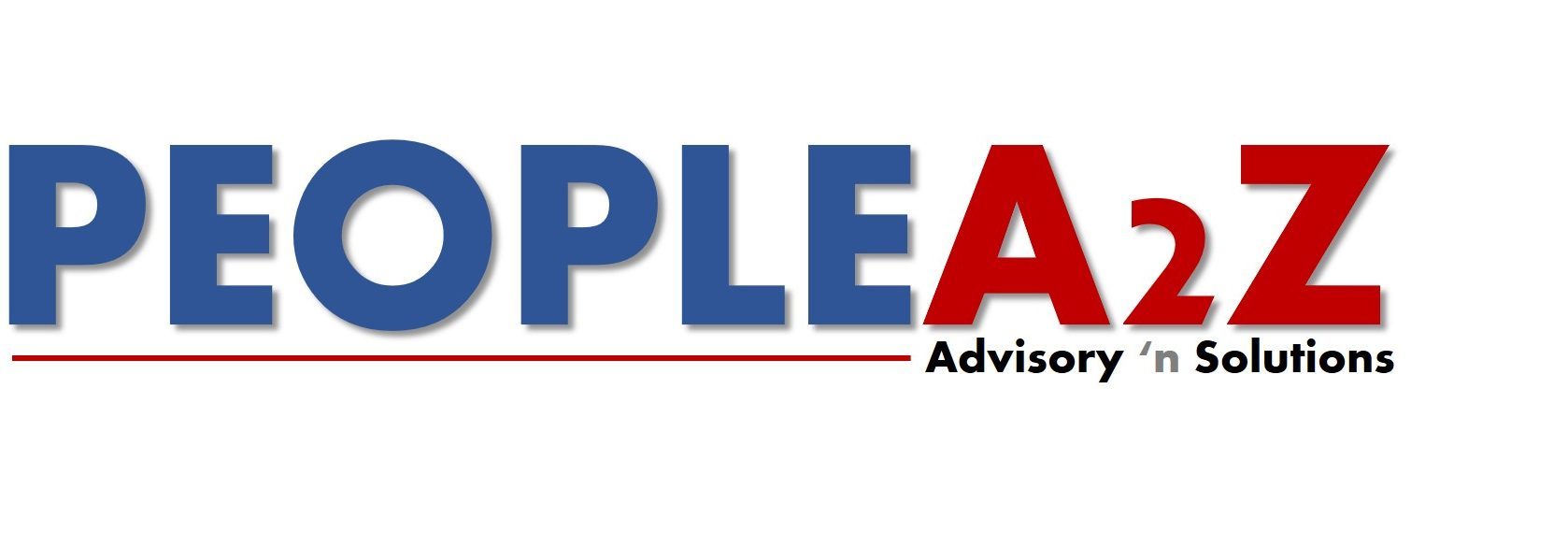
“If we leave the human factor out of our business calculations, we shall be wrong every time.” William H. Lever, founder of Lever Brothers
Wellness ‘value proposition’ includes higher engagement and morale, and lower turnover
“As organizations broaden their business case and evaluation strategies they may also need to expand the focus of their programs to include social, financial, spiritual and mental wellbeing”
Percent of business leaders who cited wellness factor & its Impact:
- Impact
Health and Work Behavior Influences on Organizational Performance
Health effects on absenteeism
The causes of absenteeism fall into five main categories:
- Absenteeism
Health Effects on Presenteeism
Simply put, presenteeism is classified as being at work, but because of illness or other health condition, not fully functioning
Costs of Absenteeism and Presenteeism
Absenteeism and presenteeism make up a large portion of overall employee costs and can be influenced directly by targeted interventions
Factors influence health status
- Past behavior (long-term behaviors tend to be deeply embedded in the neurological system and electro-chemically reinforced the more they are practiced).
- Demographics (gender, education and marital status).
- Personality traits (conscientiousness, delayed gratification and goal direction).
- Social supports (support from others can boost behavioral changes).
- Family functioning (dependents who have a stake in one’s health).
- Promoting Employee Well-Being: Wellness Strategies to Improve Health, Performance and the Bottom Line
- Ongoing contact with health advocates (reinforcement from health-minded co-workers and supervisors).
- Social ecology or networking (strong alignments among wellness, benefits, safety, workers’ comp, work/life programs, etc.
HR’s pivotal role
As per study conducted by SHRM, best wellness programs are closely integrated with related human resource functions, such as:
- Health care benefits administration,
- Employee assistance programs and
- Employee compensation
Five vehicles for HR to drive high- performing health and work behavior outcomes
- Organizational cultures that can be transformed into dynamic, evolving health-promoting venues.
- Policies that enhance employee health and productivity.
- Incentives programs to create employee- valued incentives to motivate employees to engage in healthy practices.
- Wellness programming that implements customized employee- centric health programs.
- Integration of HR functions with employee wellness and work/life quality initiatives.
Ways to promote healthier behavior
Cultivate multi-level leadership
- Solicit input and engagement at all levels to successfully drive a wellness- initiated cultural transformation
Increase employees’ physical activity
- Post signs by the stairwell to remind employees to walk up the stairs instead of taking an elevator,
- Offer fitness classes,
- Encourage employees who sit a lot to take stretch breaks,
- Offer subsidies or discounts for fitness club memberships, and
- Create departmental competitions, rewarding teams that meet designated monthly exercise levels.
Encourage good nutrition
- Change vending-machine items to healthier options,
- Organize a healthy potluck or recipe exchange,
- Offer fruit and vegetable snacks instead of junk food at meetings, and
- Subsidize or discount the cost of heart-healthy entrées in the company cafeteria.
Educate employees on healthy lifestyles
- E-mail health tips to all employees,
- Create and maintain bulletin boards with health information in high-density areas,
- Create a library of books and CDs for employees to check out or use on-site,
- Include a personal health column in the company newsletter
Benefits of employee wellness program
- Reduce/contain employee health care costs.
- Improve productivity.
- Reduce employee absenteeism & presenteeism
- Improve employee morale.
- Further organizational values
Key success factors:
- Multi-level leadership – Leadership and support for employee wellness at all levels is provided.
- Alignment – The wellness program is a natural extension of a firm’s core values and aspirations.
- Scope, relevance and quality – Programs are comprehensive, employee-focused and of high quality.
- Accessibility – Low or no-cost services and on-site availability is offered.
- Partnerships – Active, ongoing collaboration with internal and external partners is encouraged.
- Communications – Wellness is not just a mission, it’s a message. Sensitivity, creativity and media diversity are the cornerstones
Few myths about wellness
- Myth: Wellness programs don’t have ROI.
- Myth: Health initiatives should target high-risk employees
- Myth: Effective wellness programs have a large budget
- Myth: You should measure participation at the start of the program
In Conclusion
“Employee health statuses directly influence employee work behavior, work attendance and on-the-job performance. Developing healthier employees will result in a more productive workforce.”
- November 14, 2016
- Posted by: Deepak Bharara
- Category: Best Practices

